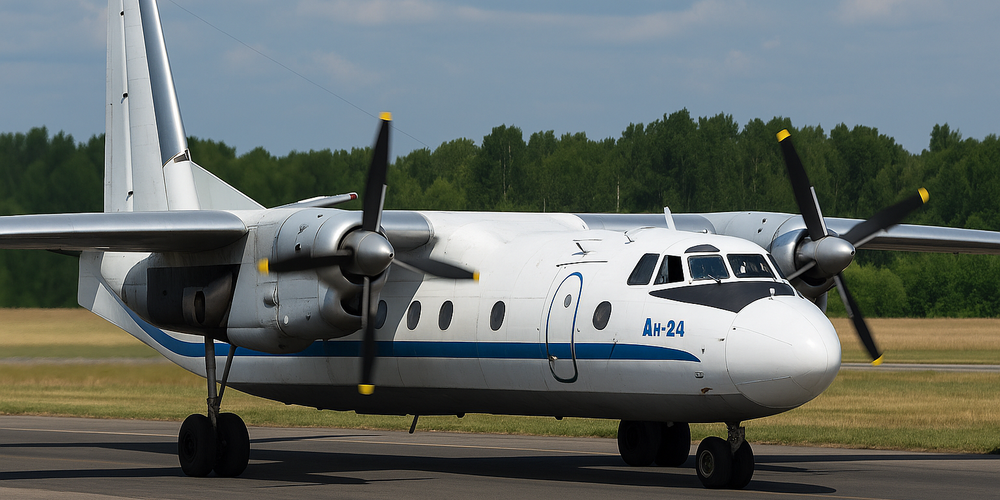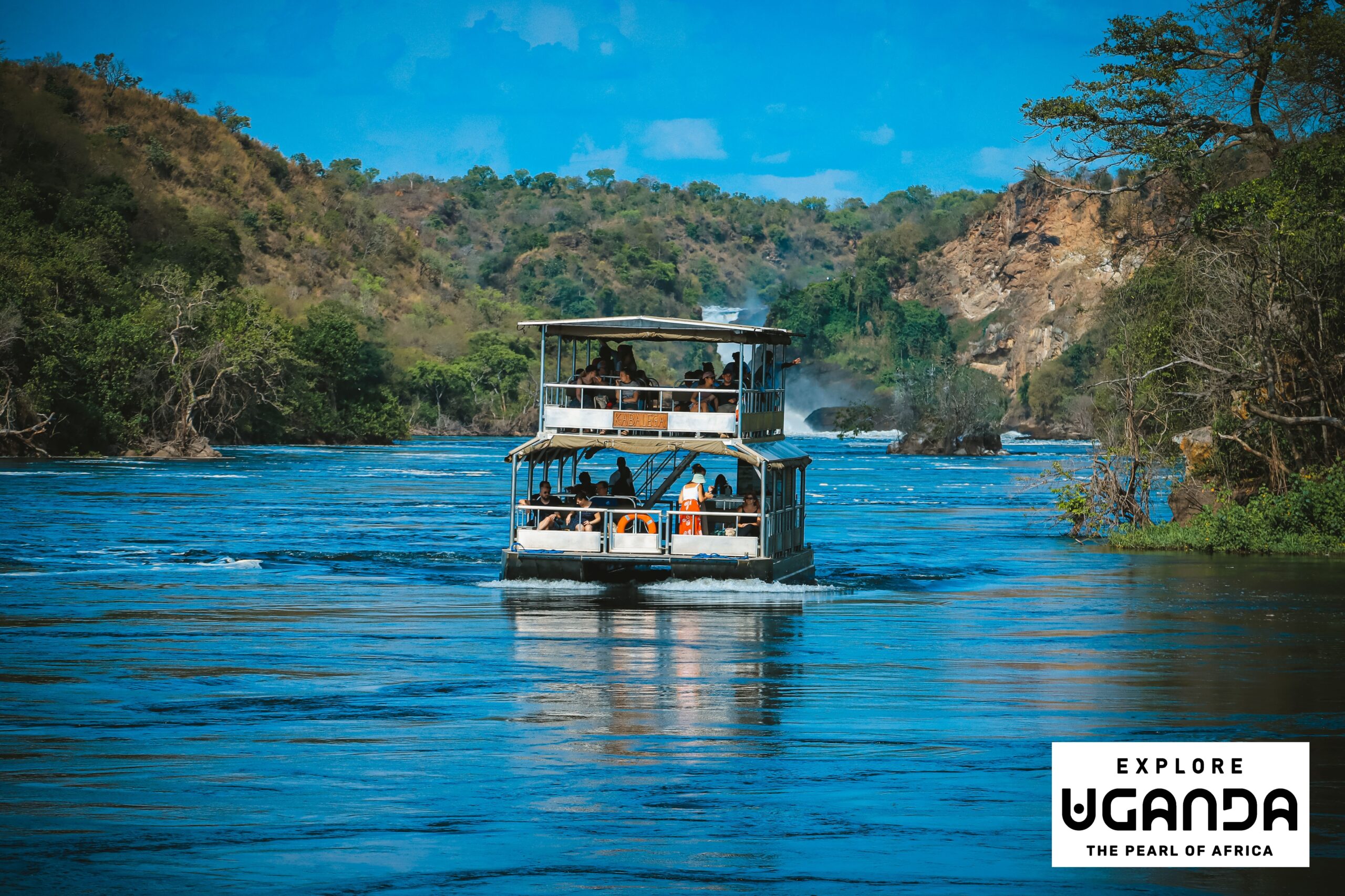A tragic aviation accident in Russia’s Far East has left nearly 50 people dead after an Antonov An‑24 aircraft operated by regional carrier Angara Airlines crashed near the remote town of Tynda on 24 July.
The Soviet-era turboprop disappeared from radar during a second landing attempt in poor visibility. The wreckage was later found burning in a forested, mountainous area approximately 15 kilometres from the airport.
There were no survivors among the 48 or 49 people on board, which included at least five children and six crew members.
The aircraft, originally built in 1976, had long been part of the regional fleet serving remote destinations across Siberia and the Russian Far East.
Though known for its durability, the An‑24 has an increasingly controversial safety record, especially as Western sanctions have limited access to spare parts and modernisation.
According to reports, this particular aircraft had been involved in several prior technical incidents since 2018.
Russian authorities have launched a criminal investigation, with early indications pointing to possible crew error in difficult weather conditions. However, mechanical failure has not been ruled out.
Rescue teams struggled to reach the wreckage due to the terrain, and a three-day period of mourning has been declared in the Amur region.
President Vladimir Putin has been briefed, and a federal accident commission is now examining the causes.
While this incident occurred far from major tourist routes, it has raised renewed concerns about aviation safety in regions where older aircraft remain in use due to economic and logistical constraints.
For travel professionals, it serves as a stark reminder of the importance of checking airline safety records, particularly when arranging itineraries in remote or developing destinations.
Clients travelling to areas served by ageing fleets should be advised accordingly, and travel insurers may take a closer look at risk exposure for operators reliant on outdated equipment.









